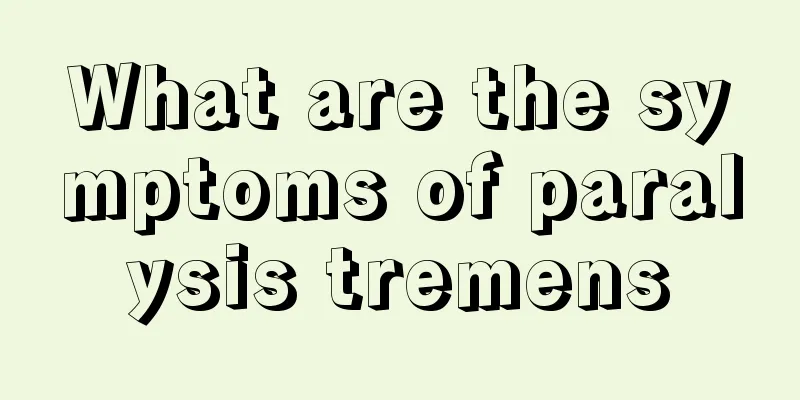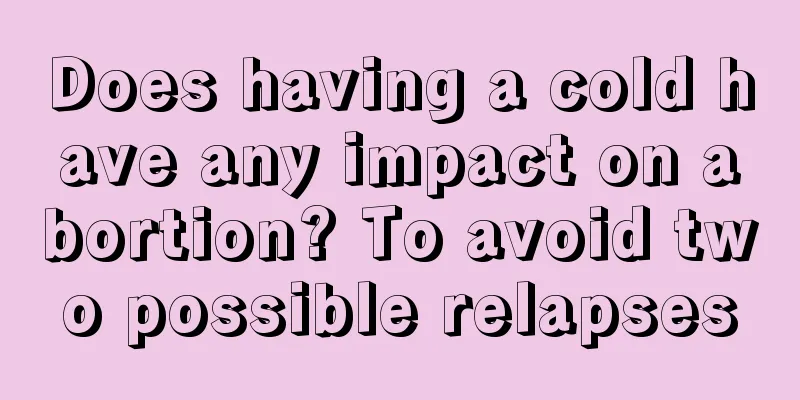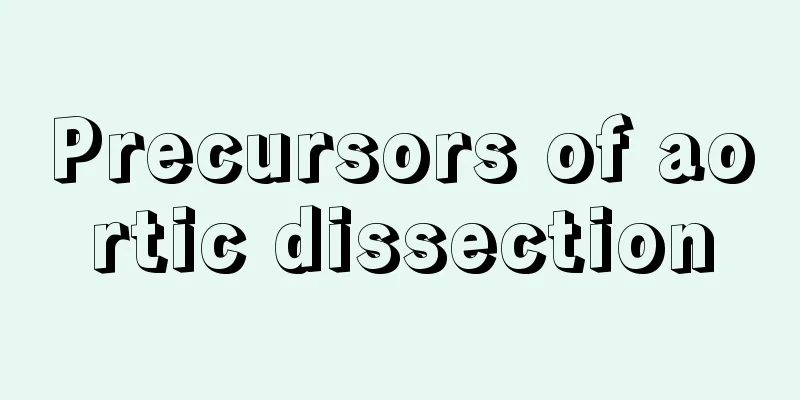What are the symptoms of paralysis tremens

|
Tremor paralysis often occurs after middle age, and its main manifestations are tremors, muscle rigidity and bradykinesia. Sometimes people are unable to complete actions such as dressing, combing hair and brushing teeth. In severe cases, it may manifest as symptoms of dementia. 1. Tremor: Tremor usually starts from one upper limb and hand, presenting a rhythmic pill-rolling movement. As the disease progresses, the tremor gradually spreads to the ipsilateral lower limbs and the contralateral upper and lower limbs, usually more severe in the limbs than in the lower limbs. Tremors of the jaw, lips, tongue and head often appear in the later stages of the disease. Tremors mostly occur when the patient is at rest, are relieved during voluntary activities, are aggravated by emotional tension, and disappear after falling asleep. 2. Myotonia: Muscle tension increases throughout the body. Due to the increased tension of the flexor and extensor muscles of the limbs, the passive extension and flexion of the joints presents a uniform impedance, which is called lead pipe stiffness. If accompanied by tremor, the impedance has an intermittent pause, which is called gear stiffness. Increased facial muscle tension makes the face look stiff and mask-like. 3. Slow movements: manifested by difficulty initiating voluntary movements, slow movements and reduced activity. The patient appears clumsy and slow in turning over, standing up, walking, and turning. Actions such as dressing, combing hair, and brushing teeth are difficult to complete. When writing, the handwriting trembles or becomes smaller and smaller, which is called micrographia sign. Walking slowly with small steps, the feet can hardly leave the ground, and the center of balance is lost when walking. The person often walks faster and faster like a forward rush, and cannot stop immediately. This is called a panic gait. Due to postural reflex disorders when walking, there is a lack of coordinated movement of the upper limbs. 4. Other symptoms: Autonomic dysfunction: Patients have excessive secretion of sweat, saliva and sebum, and often have stubborn constipation. Medical teaching. The Education Network has collected and sorted out mental symptoms and intellectual disabilities: emotional instability and depression are the most common. About 15% to 30% of patients have intellectual disabilities, with memory loss, especially recent memory loss, being the most obvious. In severe cases, it may manifest as dementia. |
<<: How to treat neurasthenia headache, 4 methods are the most important
>>: Traditional Chinese Medicine Methods for Treating Vocal Cord Paralysis
Recommend
What shoes look good on thick calves
When your calves are relatively thick, you can us...
Using fingernails to test paternity
Many people need to do paternity testing for vari...
Analysis of the etiology and pathogenesis of gastric cancer
The causes of gastric cancer are divided into int...
What are the symptoms of breast cancer in women? Does breast pain mean breast cancer?
Breast cancer can cause serious harm. Many female...
How to deal with oil stains on clothes
Clothes stained with oil are difficult to clean, ...
What does the matching of air conditioner mean
Nowadays, almost every household has air conditio...
How to care for glioma
Glioma is an intracranial tumor. If it is not tre...
How to clean white foam soles
In life, many people particularly dislike washing...
Understand the causes of pancreatic cancer and do the best prevention
In our lives, a single carelessness may lead to p...
What kind of pillow is good
What kind of pillow is the best? In fact, everyon...
What are the ways to improve your IQ?
When I was a kid, and young people today, we all ...
Does all prostate cancer require surgery?
Prostate cancer is a relatively common cancer. Th...
What causes back pain?
There are many reasons for back pain. For example...
Can ice cream still be eaten after one year?
Summer is here, the weather is getting dry and ho...
How to treat severe sinus tachycardia?
Heart problems are the most concerned issues in l...









